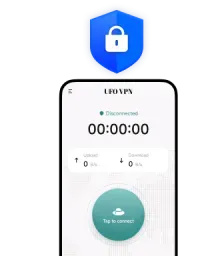Understanding Ports and Their Role
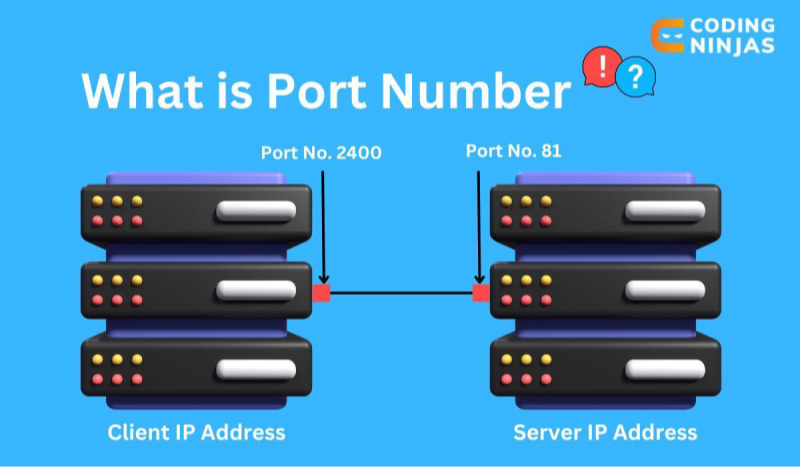
Every application or service that communicates over the internet uses a port—a numbered endpoint ranging from 0 to 65,535. Think of your IP address as your home’s street address and ports as individual apartment numbers. When you ask what is my port, you’re identifying which “apartment” on your device is handling specific traffic.
-
Well-Known Ports (0–1023): Reserved for core services (HTTP on 80, HTTPS on 443, FTP on 21).
-
Registered Ports (1024–49151): Used by user-installed applications.
-
Dynamic/Private Ports (49152–65535): Assigned on-the-fly by your operating system.
Knowing what is my port helps you configure firewalls, forward ports on routers, and secure your network against unwanted access.
How to Check Your Port Number
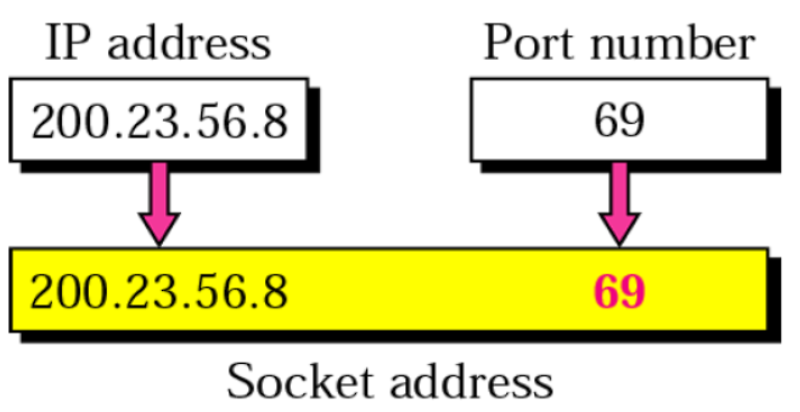
Determining what is my port number on your device takes just a few steps:
On Windows:
-
Open Command Prompt and type:
-
Review the “Local Address” column to see entries like
0.0.0.0:443. Here, 443 is your port number.
On macOS/Linux:
-
Open Terminal and run:
-
Look for lines showing
TCP *:80 (LISTEN). The number after the colon is your port.
Using Online Tools:
Websites like CanYouSeeMe.org tell you what is my port from the internet side. Enter a port number to test whether it’s open or closed on your public IP.
Always double-check both local and external port statuses to ensure correct configuration.
Why free VPN Simplifies Port Handling
While manual port management works, UFO VPN offers a streamlined alternative:
-
Built-In Port Forwarding: Automatically maps necessary ports for gaming, P2P, and remote access without router tweaks.
-
Secure Tunneling: Encapsulates port traffic in AES‑256 encryption, hiding open ports from external scans.
-
Dynamic Port Selection: Bypasses ISP blocks by routing services through alternative VPN ports.
-
User-Friendly Interface: One-click configuration for popular port‑based applications.
By using UFO VPN, you answer what is my port once, and let the VPN handle secure forwarding and access from there on.
Common Port Number Ranges and Uses
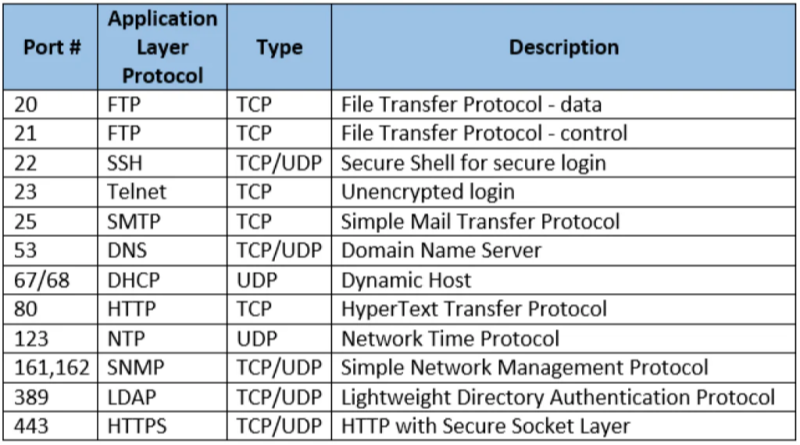
Understanding typical port assignments saves time when setting up services:
-
HTTP (80) & HTTPS (443): Standard web traffic.
-
SSH (22): Secure terminal access.
-
FTP (21) & SFTP (22): File transfer.
-
SMTP (25), IMAP (143), POP3 (110): Email protocols.
-
RDP (3389): Remote Desktop on Windows.
-
Game Servers: Minecraft (25565), Steam (27015).
By knowing these standard port numbers, you can swiftly answer what is my port number for popular applications and avoid port conflicts.
Troubleshooting Port Issues
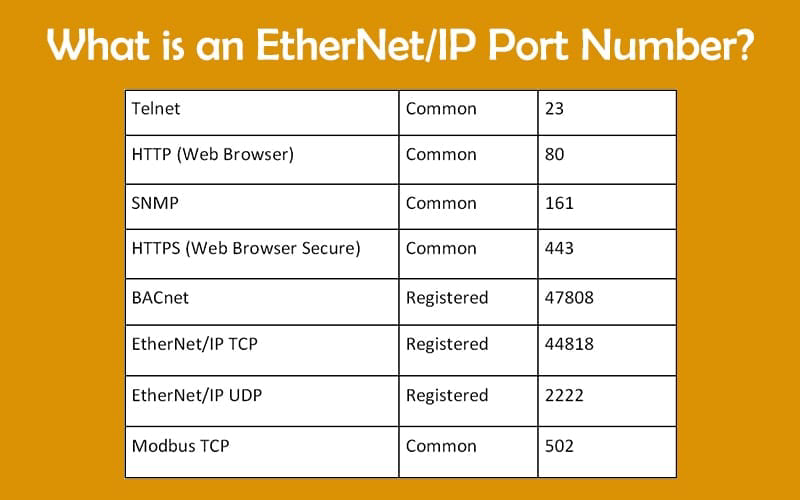
If your application won’t connect, check these common pitfalls:
-
Port Forwarding Errors: Ensure your router forwards the correct port to your local IP.
-
Firewall Blocks: On Windows Defender, macOS firewall, or third-party firewalls, allow your port through inbound rules.
-
ISP Restrictions: Some ISPs block well-known service ports; consider using alternate ports.
-
Port Conflicts: Two services listening on the same port will clash—reassign one service to a different port range.
A quick port scan with tools like Nmap can reveal open, closed, or filtered ports, helping you diagnose exactly what is my port status on your network.
Frequently Asked Questions
Q1: How do I find what is my port number for a specific application?
Use netstat (Windows) or lsof (macOS/Linux) with “LISTEN” filters to see which port your app listens on.
Q2: Can I change my default port number?
Yes. Most services let you edit their configuration file (e.g., server.conf) to listen on a custom port.
Q3: Why is my port closed even after forwarding?
Check firewall settings on both your router and computer. Some routers require separate firewall rules for forwarded ports.
Q4: Is port forwarding safe?
Exposing ports carries risk. Always forward only what you need, pair with strong passwords, and enable logging.
Q5: How does UFO VPN improve port management?
UFO VPN automates port forwarding, encrypts port traffic, and prevents ISP throttling—no manual setup or security gaps.
Q6: What if my ISP blocks all incoming traffic?
UFO VPN’s VPN tunnel bypasses ISP restrictions entirely, ensuring your forwarded ports remain reachable.


